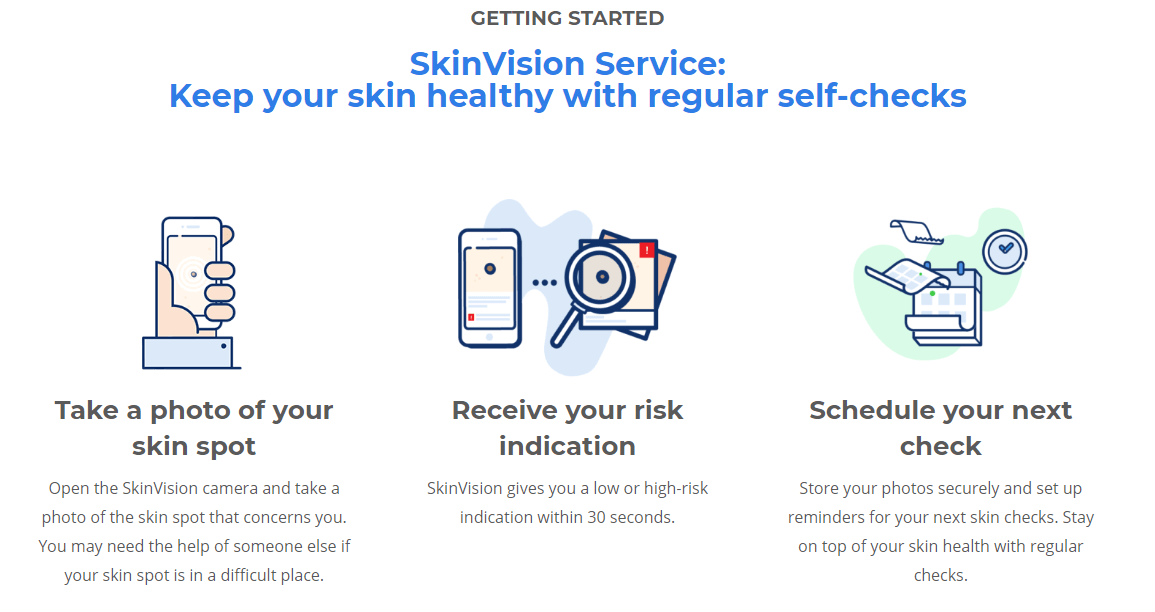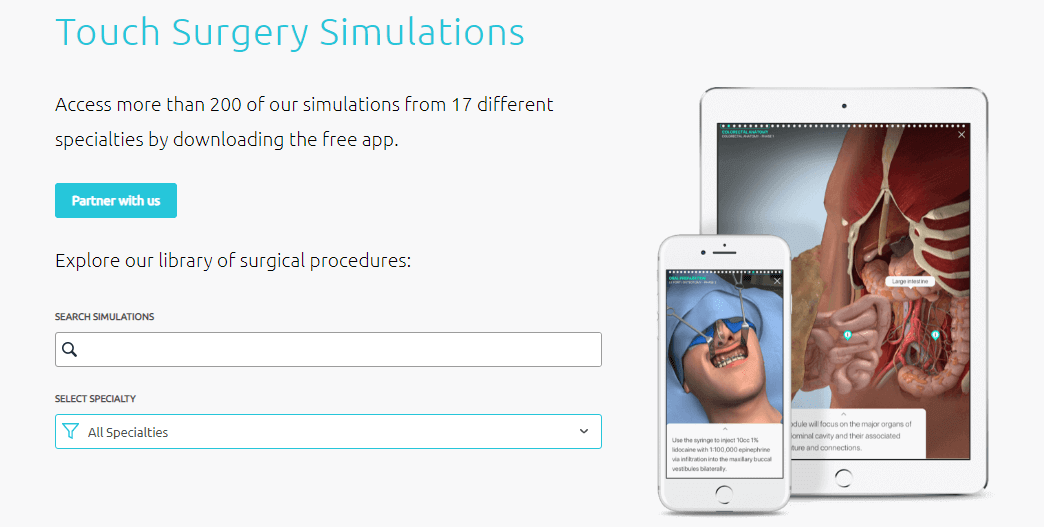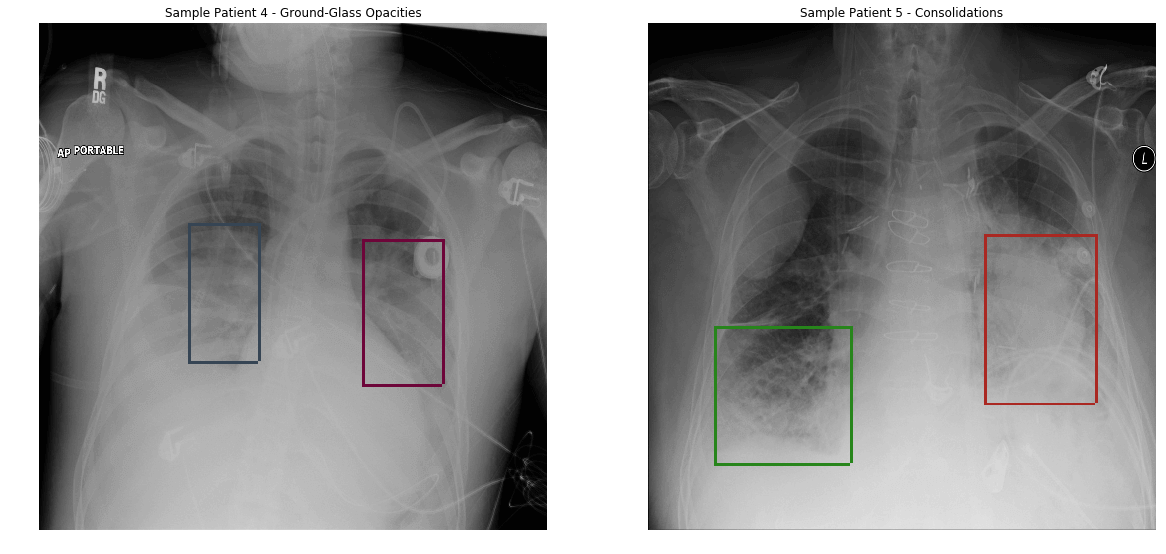Computer vision is a technology based on image processing and synthesis. It usually involves machine learning and allows AI to simulate human vision. This technology aims to save time by automating manual image analysis and achieving a higher level of accuracy. For this purpose, an algorithm is fed with a vast amount of representative pictures and trained to detect particular parts of them. Developers currently use computer vision in a wide range of spheres: from Snapchat and Instagram masks to scientific research and medical objectives.
Main Reasons to Use Computer Vision in the Medical Field
Even though the state of the art computer vision does not enable technology to replace medical professionals, it does simplify their work. Here are some significant causes to start using computer vision in health care.
If there is one main reason to use computers instead of people in specific processes, it is their ability to conduct calculations and analytical work faster. Paradoxical as it may seem, speed applies to medicare as well, along with other fields. People can process only a limited amount of information at a time. This is where AI takes over the monotonous and routine part of work.
With all the hardware, fast internet, and cloud we have nowadays, computers can process images in microseconds. This allows doctors to have AI analyze, let’s say, all the X-ray images while they can focus more on patients. Thus, doctors have a chance to find out more specific details through their soft skills and provide care to more of those who need it.
Some diseases, like cancer, require early-stage diagnostics for doctors to save a human life. False-negative and false-positive results can both be rather destructive. In such cases, a patient either does not start treatment on time or make crucial decisions based on their knowledge about a presumed non-existent disease. Computer vision excludes the possibility of human error to some degree and serves as an assistant for radiologists. AI can help doctors detect such conditions as cancer, pneumonia, osteoporosis, and many others.
Healthcare presupposes many urgent situations that need an immediate reaction. Medical specialists are taught to estimate the situation visually very quickly in such cases. But what happens if they are not accurate enough? This is why a combination of speed and accuracy provided by computer vision might be crucial for urgent situations.
Automatic postpartum hemorrhage estimation is an example of the application of computer vision in the medical field. It allows surgeons to understand how much blood a patient has lost. The Triton system measures amounts of blood on used sponges and in canisters. The system helps doctors to decrease the number of maternal deaths and the duration of hospital stay.
Radiologists may also receive help from computers. You only need to compose a dataset of images with particularly associated diagnoses and train a deep learning model based on that dataset. Then, the AI will start detecting patterns in the images. For example, it can find tumors, pneumonia, or potentially dangerous moles.
Examples of Computer Vision Applications in Healthcare
Let’s have a closer look at the applications of computer vision in healthcare.
Skin Cancer Detection
“1 in 5 people get skin cancer”, according to the website of SkinVision — an app that helps the user detect skin cancer. You need to download, install the app, and take a photo of a mole or spot that concerns you. Then, the app will tell you whether you need to see a dermatologist or not. The software sensitivity is 95% due to the Machine Learning algorithm.

Surgery Simulations
Computer vision for medical imaging is also used for training. CV-empowered training especially applies to surgeons: nowadays, they can master their skills with digital models. The Touch Surgery software allows doctors to go through simulations of different surgeries. Artificial Intelligence creates interactive 3D models of human bodies, allowing surgeons to operate them almost the same as in real life.

Pneumonia Detection
A pneumonia detection web app is based on a neural network that was trained on 500 chest X-ray images. The deep learning model achieved 86%+ accuracy. Yet, it is an open-source project which can only be used for research purposes, not clinical ones.
Developers of another pneumonia detection instrument complain that finding labeled data is difficult because only certified doctors can give a diagnosis. They are also unsure that the result will be relevant for other conditions since their database was limited to 1–5-year-old patients from a single hospital.

[Pneumonia detection from chest radiograph using deep learning]
Considering Developing a Healthcare Mobile App?
Download Free EbookOur Expertise
The APP Solutions team built a skin cancer classification neural network. One of the project’s main challenges was time-sensitivity. While the system needs time to process data, the result should be visible as soon as possible. Another difficulty lies within the computational resources the product requires. Building the entire system on the cloud was a single solution. Additionally, it cut the cost of the project by half.

[Source]
Eventually, the product flow worked like this:
- Input image uploaded to the Cloud Storage and sent to Convolutional Neural Network;
- CNN processes input images;
- Anomaly detection algorithm finds suspicious elements;
- The classification algorithm determines the anomaly type;
- Processing results saved to the database;
- The results summarized and visualized.
The classifier takes into account the anatomic location of the lesion, patient profile data, lesion size, scale, and other characteristics.
As a result, we created a system with an average accuracy of 90% on testing data and a result delivery duration of one hour. The longer the system works, the more efficient it becomes.
Want to Learn More About The APP Solutions Approaches In Project Development?
Download Free EbookFuture of Computer Vision in Healthcare
Currently, there exists one big problem in healthcare computer vision. Deep learning models tend to not work well on new data (different from those they were trained on). So, there is still a whole lot to be done in the field.
Market predictions are showing the same: the peak of computer vision in healthcare is not here yet. CV in the healthcare market is predicted to grow at 47.2% and reach USD 1,457 million by 2023 compared to USD 210.5 million in 2018.
Conclusion
Computer vision in healthcare has a lot to offer: it is already helping radiologists, surgeons, and other doctors. This technology can also partially substitute professional training for doctors and primary skin cancer screening. Tendencies and challenges show: a computer vision breakthrough in the medical field is yet to come. If you are interested in becoming a part of it, do not hesitate to contact us.
What our clients say
Read also:
Benefits of Cloud Computing in the Healthcare Industry
Calmerry Telemedicine Platform Case Study
What solutions can we offer?
Find Out More
